Earliest Evidence of Ivory Trade in Southern Africa
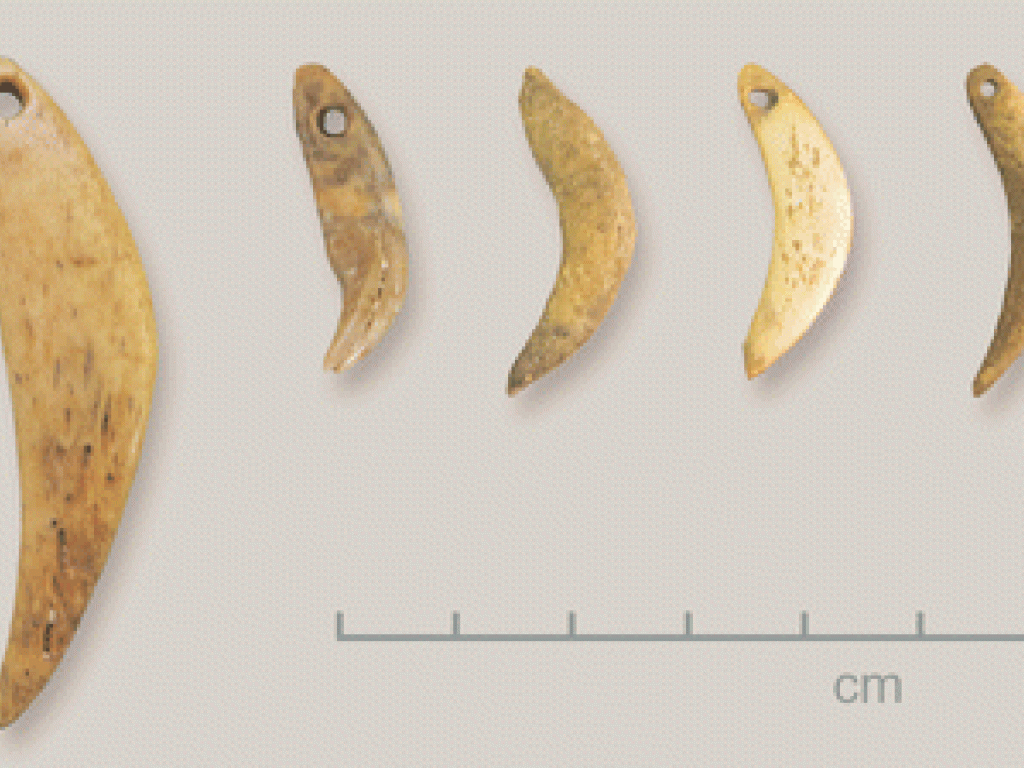
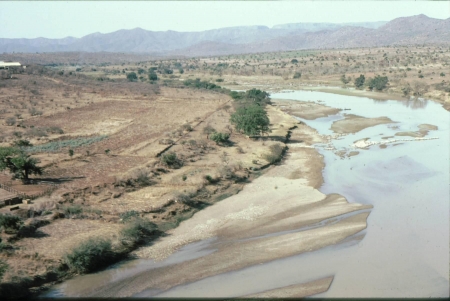
Aerial view of Ndondondwane site (from the paper) – the site is in the ploughed area on the left of the Thukela river Photo: Tim Maggs
The paper reports carbon, nitrogen and strontium isotope analyses of elephant ivory from archaeological sites in KwaZulu-Natal dating to the second half the first millennium CE. These analyses enable them to infer - within broad categories - what types of environments the ivory came from. Their research indicated that it is clear that even at this early date, people were obtaining ivory from a range of environments, some a considerable distance away. In addition, ivory found at three sites came from different environments, suggesting that there was some partitioning of the landscape, with resources from different areas channelled to selected centres.
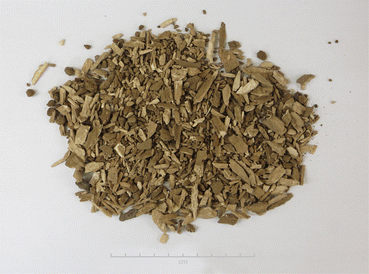
Ivory working waste from KwaGandaganda
Some of the ivory was worked on site to produce decorative items such as pendants and especially arm-bands which were like bracelets, but varied in size from what we, today, would call bracelets, to much larger armlets.
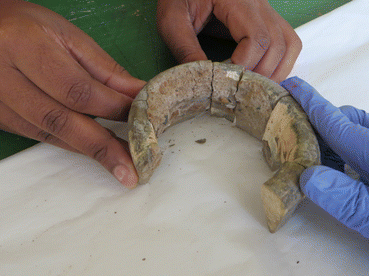
Ivory armband found at KwaGandaganda, dating to the Ndondondwane phase. Armband was approximately 9.5cm in diameter, 4.5cm tall and 1cm thick.
The authors of the paper suggest that the amount of effort made to obtain the ivory, across considerable distances, and the degree of organisation involved, implies that this ivory was not only for local use, but also for trade.
Rare finds of imported glass beads and fragments of Middle Eastern glazed ceramics start to appear at archaeological sites in KwaZulu-Natal and elsewhere in southern Africa at this time. Southern African communities must have exchanged local commodities for these imported luxuries.
The authors of the paper suggest that ivory was exported in the trade networks that were opening up at this time, across the Indian Ocean. This is about 200 years earlier than evidence for ivory trade from better-known archaeological sites in the Limpopo River Valley, including Mapungubwe. It therefore constitutes the earliest evidence for long-distance ivory trading in Southern Africa.
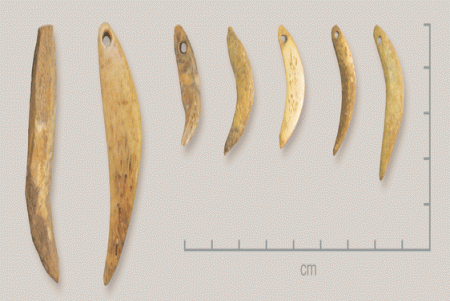
From left to right: elephant ivory copy of canine tooth, bone copy of a canine tooth pierced for suspension, and four copies of canine teeth, three with perforations - all from KwaGandaganda
